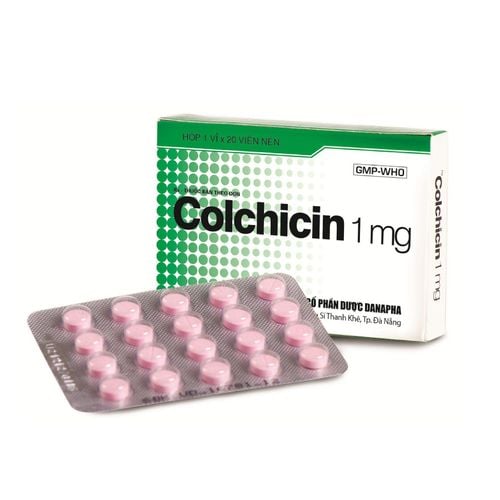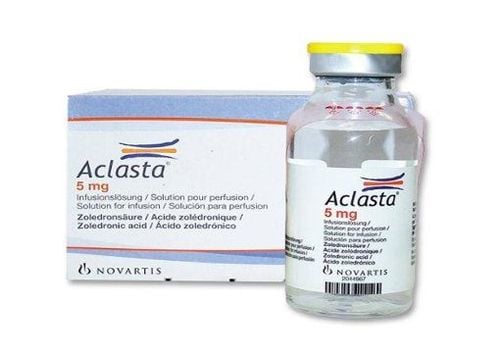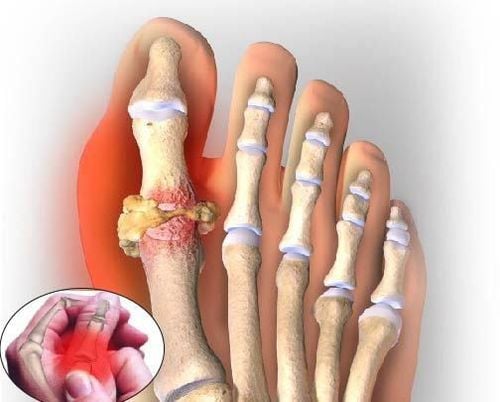This is an automatically translated article.
The article was written by Specialist Doctor I Vo Khac Khoi Nguyen - Department of General Surgery - Vinmec Central Park International General Hospital
On average, one elderly person falls every second. With the number of elderly people increasing due to the aging population worldwide, falls will become more and more common without everyone's active participation.
In particular, the problem of preventing falls in the elderly must come from primary health care at home. Most falls in the elderly occur at home. That proves the issue of home design is very important in preventing falls in the elderly.
1. Why is it necessary to change houses to prevent falls?
The risk of falls in the elderly at home is common. Redesigning homes has been shown to reduce both fall rates and the number of people who fall. The trial found a 36% reduction in the rate of people falling, though only in those with a history of falls.
Occupational therapists are trained to teach people ways to design that are safer for their environment. Therefore, home visits from occupational therapists can do more than do your own self-examination to eliminate tripping hazards.
Guidelines from the American Geriatrics Association and the British Geriatrics Society provide category A recommendations (strongest recommendation) for the assessment and intervention of the home environment for the elderly who have fallen or who have risk factors for falls.
The most important purpose of this recommendation is to reduce the identified hazards at home, thereby intervening to create a safe living environment for the elderly.
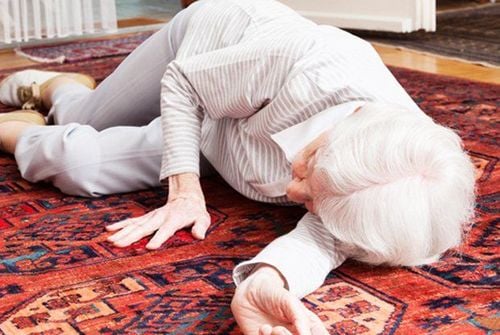
2. Indoor places where there is a high risk of falling
Possible home hazards include poor and damaged stair design, inadequate lighting, or sudden changes in light intensity, slippery floors, and unsecured carpets and footings Sure, lack of anti-slip surface in the tub. Factors that contribute to falls from homes contribute to one-third to one-half of all falls among the elderly.
Several prospective studies have evaluated indoor hazards as important fall risk factors for the elderly. There are no studies that have assessed hazards outside the home or quantified the effects of these hazards (in terms of frequency, duration, and intensity) to provide a true estimate of fall risk in the home. Elderly. Therefore, we need to identify the hazards in the home that can cause falls, thereby helping to better prevent falls.
Fall accident prevention needs attention in places with a high risk of falling. Stairs lacking safety designs increase the risk of falls in the elderly by 2.2 times. Unsafe stairs and walkways are always emphasized leading to falls of the elderly. Hazards can be minimized in these locations by designing handrails for stairs, installing anti-slip bars at each step, and ensuring adequate lighting in this area.
Slippery surfaces are the leading risk factor for falls in the home, especially in bathroom and toilet areas. The risk of falls in the elderly increased 1.7 times in unsafe toilet and shower areas. Attention should be paid to non-slip shower floor safety devices as an important precaution. The use of special non-slip floors, installing protective bars on the bathroom walls are positive measures in preventing falls of the elderly.
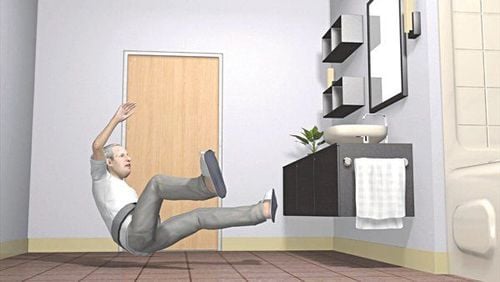
3. Design issues for safe homes
Housing hazards are a frequent cause of falls in the elderly. Home habitat interventions for fall prevention include assessing indoor hazards and making necessary design modifications. We need to use a high level of lighting in necessary places such as aisles, pay attention to the light intensity between indoor spaces does not change too suddenly to avoid dazzle.
We can use a large doorknob, install protective bars on the walls of bathrooms, toilets, corridors and stairs, cover the floor with anti-slip, remove any bump on the floor of the rooms, such as carpets . Homeowners also need to consider using non-slip floor surfaces, removing slippery rugs, tidying walkways to avoid obstructions, and installing handrails in bathrooms (showers, tubs, toilets). ), use handrails for low toilets.
Pay special attention to the structure of the stairs, this is one of the causes of fear of falling in the elderly and an important factor to ensure life safety for the elderly.
It is not recommended to use spiral ladders with inappropriate heights. Homeowners also need to install handrails on the stairs, fix the stairs or install more anti-slip plates at each step on the stairs. It is best to keep the stairs short and small and avoid placing any objects or objects that cause slippery such as vases or decorative objects that can distract the elderly when on the stairs.
In addition, electrical equipment wires should be assembled in the rooms and should not go along or across the path of the elderly.
In summary, individual adaptations to fall risk will increasingly range from avoiding specific high-risk activities and eliminating home environmental hazards.
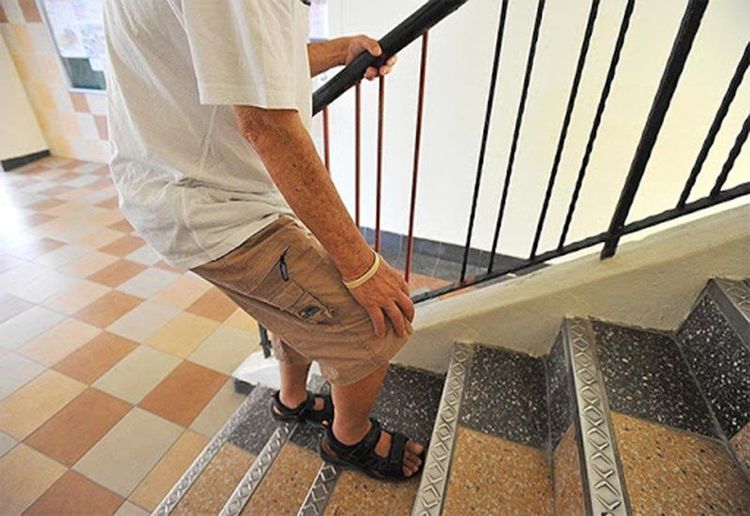
Home modifications aimed at reducing the risk of falls are essential. However, there must always be a balance between minimizing risks and maintaining the elderly's quality of life and independence. Because, the decrease in self-confidence and independence in activities along with physical decline in the elderly will increase the risk of falling.
To protect the health of the elderly, you should take them to a medical facility for regular health check-ups because at this age, the elderly's resistance is weak, and they are easy to get sick. Currently, Vinmec International General Hospital has general health checkup packages suitable for each age, gender and individual needs of customers with a reasonable price policy, including:
Health checkup package general Vip Standard general health checkup package Patient's examination results will be returned to your home. After receiving the results of the general health examination, if you detect diseases that require intensive examination and treatment, you can use services from other specialties at the Hospital with quality treatment and services. outstanding customer service.
Please dial HOTLINE for more information or register for an appointment HERE. Download MyVinmec app to make appointments faster and to manage your bookings easily.





